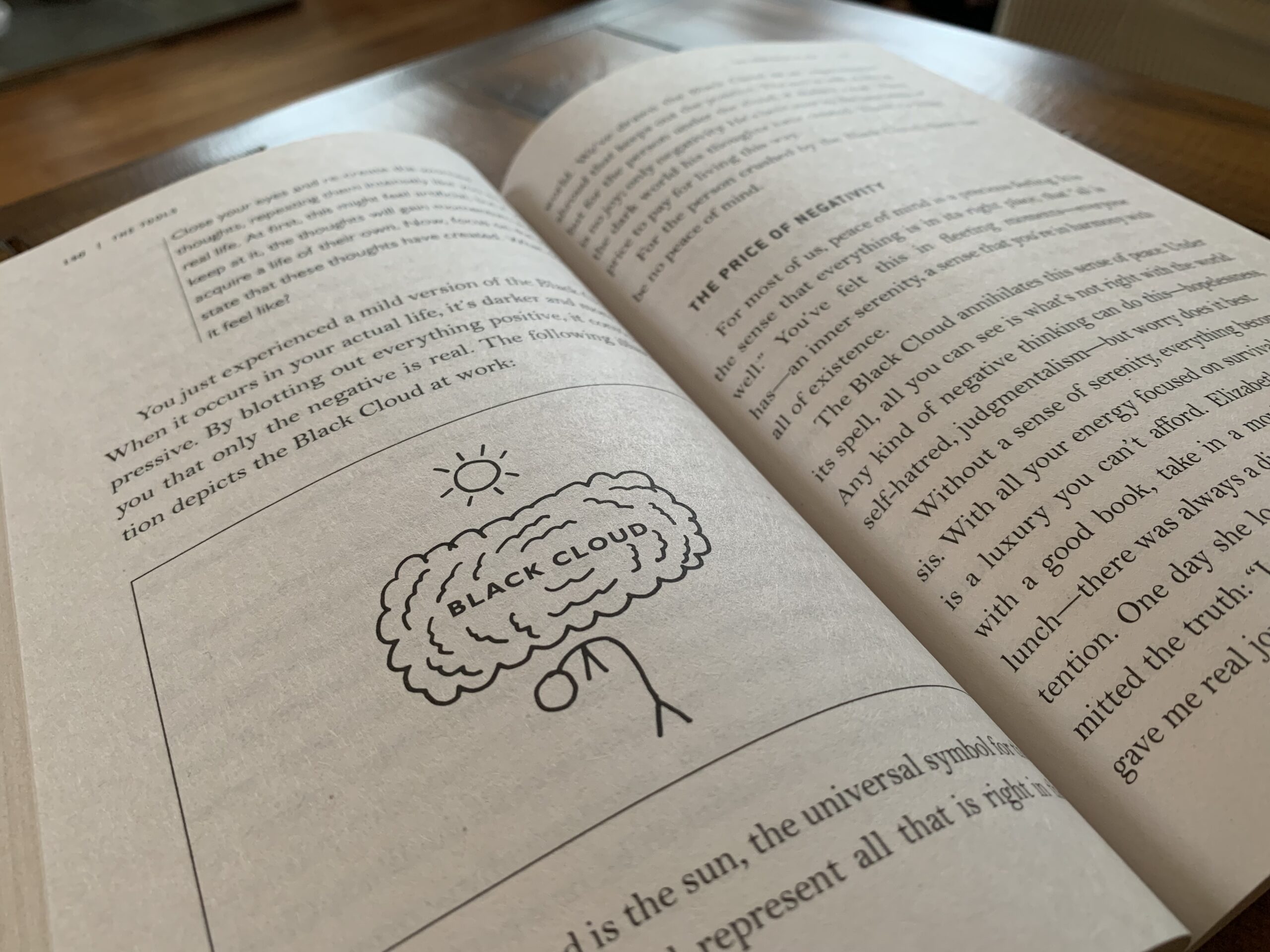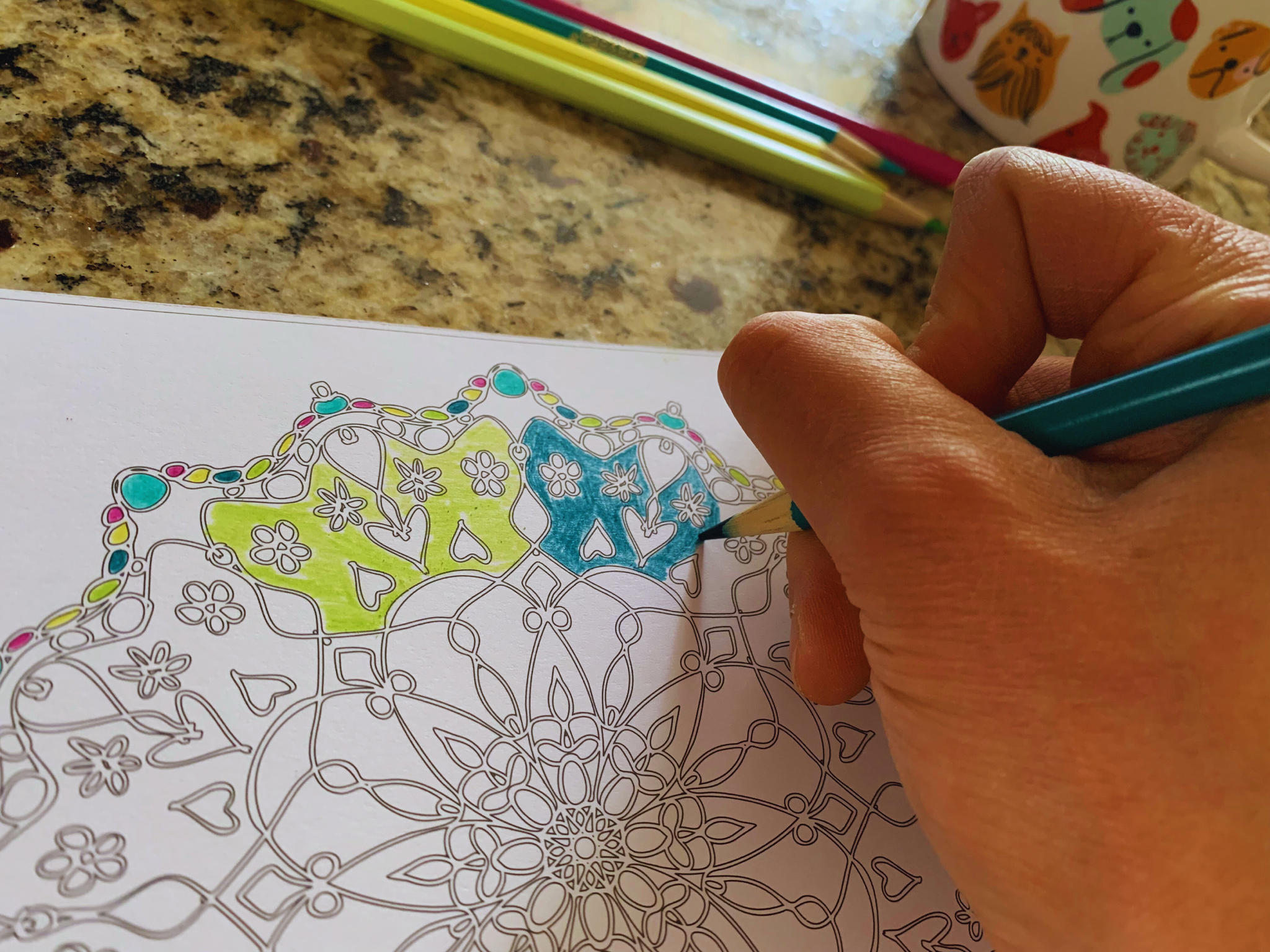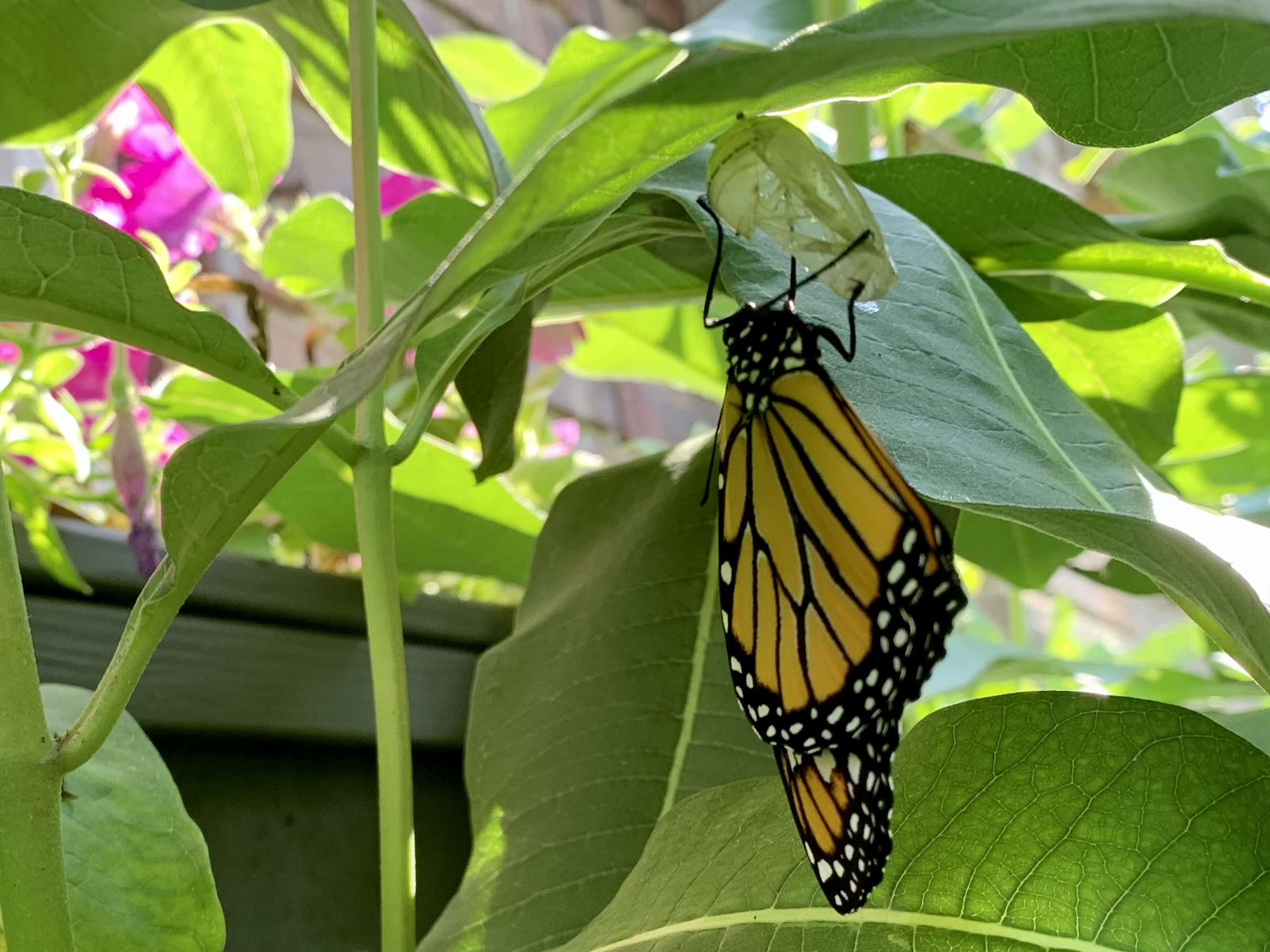***The featured image is from the book, “The Tools,” written by Phil Stutz and Barry Michels
Research shows that a daily gratitude practice improves immunity, sleep, and mental health. People who regularly give thanks have less anxiety, depression, and experience less physical pain.
In addition to improved overall health, studies show that relationship building is easier when you are quick to genuinely thank people for their contributions to your life, large or small. Thanking someone for something they do for you at the beginning of your relationship will make them more likely to seek out more time with you.
Overall Health and HSPs
HSPs experience greater sensitivity to pain and are more prone to depression, anxiety and sleep disturbances than those who are moderately to non-sensitive. We are also more shy, likely due to past experiences in an over-stimulating world. Therefore, if adding a daily gratitude practice will improve these pain points, giving thanks is absolutely worth a shot.
How to Practice Gratitude
There’s a lot of advice out there over-complicating practicing gratitude. However, getting started is really simple.
I keep a little notepad, and when I wake up and settle in with my morning coffee, I write down a few things for which I’m thankful. Sometimes it’s as simple as the quiet of the morning. Other times it’s more in depth. I don’t write a journal entry, but of course you can if you enjoy journaling. Sometimes people who already keep a whiteboard in their workspace or kitchen will jot their thanks down there each day. You can also dedicate your daily meditation to gratitude.
What’s most important is that you make your gratitude practice easy. Too much pressure will make you feel like you’ve just added something else to the to-do list. That’s not the idea here.
Thanks in Real Time
Another important piece is showing gratitude in real time.
Thank a stranger for holding the door, give appreciation to your child for cleaning up without being asked, reach out to someone who played a role in your life and tell them how much they mean to you, thank your partner for whatever they are doing right, no matter how small. Look for the good everywhere. You will find it.
If nobody is there to thank but the wind, thank the wind.
Reframing the Negative
The most complicated this practice gets is in the reframe.
For example, if I’m stuck in traffic, I try to remember I am lucky to have a working car, I am able-bodied, and I have choices. I remember back to times when my life was much harder than it is now, and I feel grateful for my little problem.
This takes a lot of mindfulness. My brain still seeks out the negative because problem-solving is what it is built to do. I accept the process, and know it is up to my conscious self to reframe.
Embrace your Emotions
It is important to note that I’m not endorsing toxic positivity here. There are going to be truly hard times in every life, and you will need to walk with all of the associated emotions in order to heal. I think the goal is to hold the belief that there is a light at the end, while continuing to seek out the good. It is admittedly a lot to ask, and I still struggle when the chips are down. Remember to be kind to yourself.
I hope you will give gratitude a shot. I’d love to hear from you about your own practice.
If you are enjoying this content, I would love if you would subscribe to The Earthy Empath. This will allow you to receive one email per week alerting you to the release of each Thursday article.



